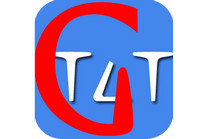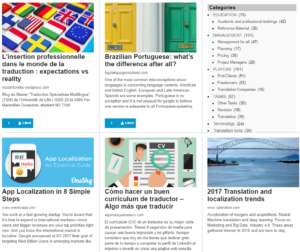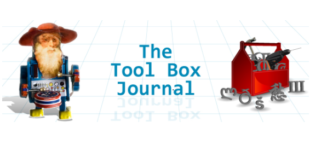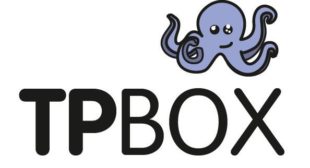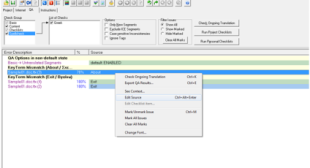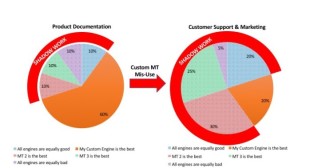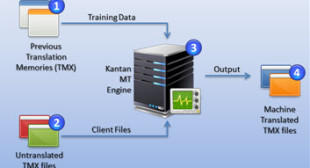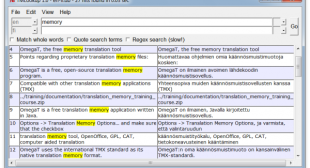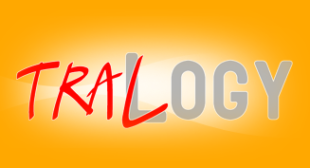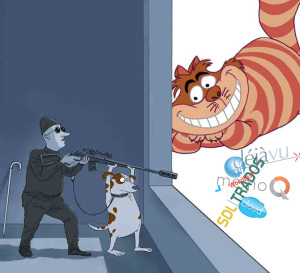Translation tools
Despite several companies claiming to have achieved parity with human translation this particular frontier at present remains wild and unconquered. It’s both strange and fascinating that with all the smart technology in our lives today, machines still haven’t conquered the complex art of language translation. Home
News of an article published by Mats Linder, and GT4T, an alternative to Studio MT plugins. Machine translation (MT) is an ever-present topic on translators’ forums and social media, but nevertheless, it’s hard to keep track of all the new tools and solutions in this field. https://signsandsymptomsoftranslation.com/
One is unlikely to make many friends among translators talking about machine translation (MT) – unless the conversation is restricted to deriding its stupid mistakes and emphasizing its uselessness. A related topic that is possibly even less popular than MT among translators is post-editing (PE), also because it’s less easy to come up with funny […]
Every now and then I see an application and I think… this one is going to be a game changer for Studio users. There have been a few, but the top two for me have been the “SDLXLIFF to Legacy Converter” which really helped users working with mixed workflows between the old Trados tools and… […]
A computer journal for translation professionals http://www.internationalwriters.com ©2017 International Writers’ Group, LLC
One of my favourite features in Studio 2017 is the filetype preview. The time it can save when you are creating custom filetypes comes from the fun in using it. I can fill out all the rules and switch between the preview and the rules editor without having to continually close the options, open the file, […]
The rise of machine translation has left human translators with an uncertain future. But the translation industry cannot depend on machines alone and won’t be able to any time soon. So where do translators find their new place? Image: © CharlieAJA/stockphoto.com http://www.tcworld.info/
Par Marie Surreau, étudiante M2 TSM (Master “Traduction Spécialisée Multilingue”, Université de Lille-SHS) La TPBox est un système de gestion de projet conçu pour les agences de traduction. Il s’agit d’une plateforme en ligne, il n’y a donc rien à installer sur son ordinateur. L’interface est disponible en plusieurs langues : anglais, français, allemand, espagnol […]
Jan Van den Bergh, Eva Geurts, Donald Degraen, Mieke Haesen, Iulianna van der Lek-Ciudin and Karin Coninx (2015). A full list of publications based on the SCATE research from the University of Leuven is available at https://www.arts.kuleuven.be/ling/ccl/projects/scate/publications Language professionals play an important role in an increasingly multilingual society where people commonly do not sufficiently understand […]
« D’ici quelques années à peine, vous pourrez, grâce à la révolution numérique, converser en direct avec n’importe quel citoyen du monde ou traduire en direct n’importe quel texte rédigé dans une autre langue. […] Pour ceux dont c’est le métier, traducteurs et interprètes, ce sera le risque de tomber au chômage. […] (M. Amid […]
In this article, I will show you how to translate a WordPress theme text strings using Poedit Gettext Translation Editor. English is one the most popular languages on the web while WordPress CMS is used by 25% of all websites around the world. However, there are many users who just don’t know English. Therefore, translating […]
I’m sort of amazed translators working into English today still type out their translations on keyboards. Hunched over for endless hours at a time, day after day, banging away on an electronic version of a 19th century invention – a barely improved technology from Gutenberg’s movable type of the 15th century – all the while […]
Quality Assurance is one of the most important aspects in today’s translation and localization industry. In Technografia we have always used QA tools for all our projects, and in this article I will show you how to use the most basic one, which also happens to be free! This tool is called ApSIC Xbench, … […]
The JSON files… not really related to Jason Voorhees of course, but for some users who have received these file types for translation the problem of how to handle them and extract the appropriate text may well seem like an episode of Friday the 13th! I’ve seen a few threads in the last couple of weeks… […]
In “Emerging Technologies As A Cause of Shadow Work”, I have reviewed how emerging technologies have a tendency to create shadow (unpaid) work. In this post, I review, in more detail, one of the main causes of shadow work in the Language Services industry. https://www.linkedin.com/pulse/customized-machine-translation-mis-use-cause-shadow-unpaid-marcu
Projects, packages, segmented SDLXLIFF files, unsegmented SDLXLIFF files, source files, target files, Translation Memories, Termbases, AutoSuggest Dictionaries… are they buried deep in your computer by Studio without you knowing? Are you really subjected to a message like the one on the left? Sometimes the posts in the technical forums make it seem that way, but … […]
The best approach to using Machine Translation (MT) is to include it within your existing translation workflow. For many large Localisation Service Providers (LSPs), MT is a key productivity enabler for almost all of the production departments. https://www.kantanmt.com
TMLookup is a free tool for searching translation memories and glossaries. It can handle large TMs and multilingual databases, containing millions of entries. TMLookup can be used even without a CAT tool. http://translation-blog.com
Aujourd’hui, les outils de traductions (CAT tools) sont légion ! Et bien sûr on parle de tout ça sur le blog d’atenao : voici une tentative de liste de ces outils. (Note de NM : quelques liens de ne sont plus valides, mais la liste reste intéressante). http://blog.atenao.com
L’objectif de cet article est de proposer une réflexion sur le rôle que pourraient jouer les études menées dans le cadre des corpus-based translation studies (e.g. travaux de Johansson, Baker, Laviosa, Olohan, Xiao), que l’on pourrait traduire par traductologie de corpus [Loock, R. (2012a)], dans l’évaluation de la qualité des traductions, en particulier dans le […]
The integration of data from statistical machine translation into translation memory suites (giving a range of TM/MT technologies) can be expected to replace fully human translation in many spheres of activity. This should bring about changes in the skill sets required of translators. With increased processing done by area experts who are not trained translators, […]
Translators are supposed to be, almost by definition, intelligent and educated people. After all, they must know at least two languages and many of them know more languages than just two, while so many people can barely speak one language, including quite a few heads of state. […]
With the continued growth in the use of MT, it has become increasingly important for translators to understand better when it is worth getting involved, and when it is wise to stay away from post-editing opportunities that come their way. http://kv-emptypages.blogspot.co.uk
Letter That Was Sent in Advance to Tool Vendors I would really like to thank you again for your willingness this past year to respond to the translation community’s suggestions on where we would like to see improvements in your technology. https://onedrive.live.com/view.aspx?resid=64D47F644EFF621A!2296&ithint=file%2cpdf&app=WordPdf&authkey=!AOWDg7Z0VdFXtbU
I’ve been meaning to write about CAT tools for some time now, but before you all shoot me down in flames, I should start off by saying that I don’t claim to be a technological wizard! This is a purely… “Image credit: Thanks to Valerij Tomarenko for the great image.” https://clairecoxtranslations.wordpress.com
In my previous post I’ve described what is XML, what is it for and what are the particular components. This time I’m going to show you how to properly import almost any XML file into memoQ for translation. I’m going to reference the files described in previous part, so you might want to look there […]

